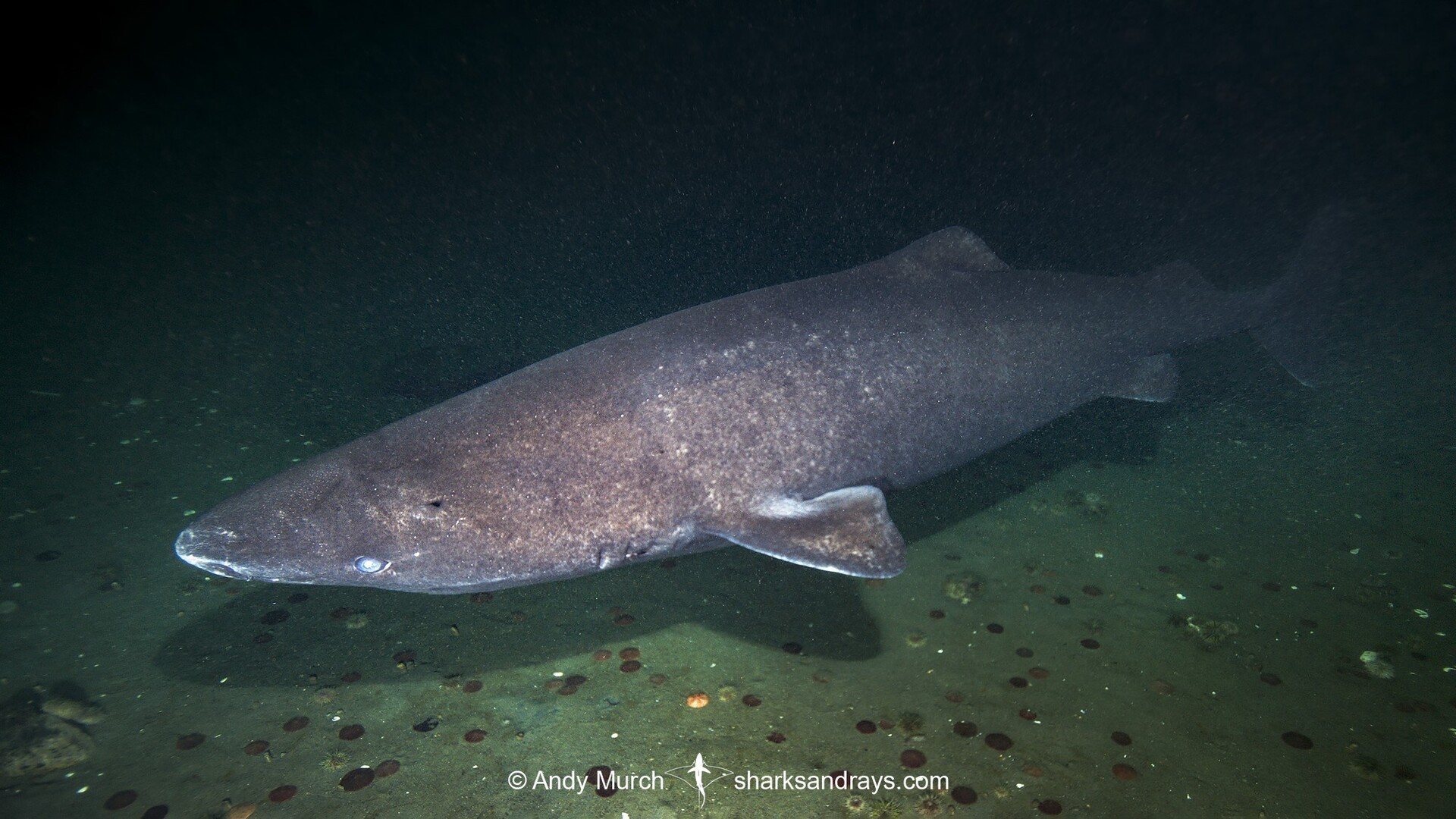Imagine living through the rise and fall of empires, witnessing centuries of history unfold, all while silently cruising through the icy waters of the Arctic. This isn’t the plot of a sci-fi movie or a fantasy novel – it’s the life story of the Greenland shark, the oldest known vertebrate on Earth.
These ancient mariners are time capsules of the sea, with some individuals believed to have been alive for over 500 years! What secrets do they carry? What can we learn from their extraordinary existence?
Let’s dive into the fascinating world of these mysterious creatures and uncover what makes them so unique. From their biology to their intriguing lifestyles, Greenland sharks offer a perspective into a world few have ever seen.
A Slow And Steady Life
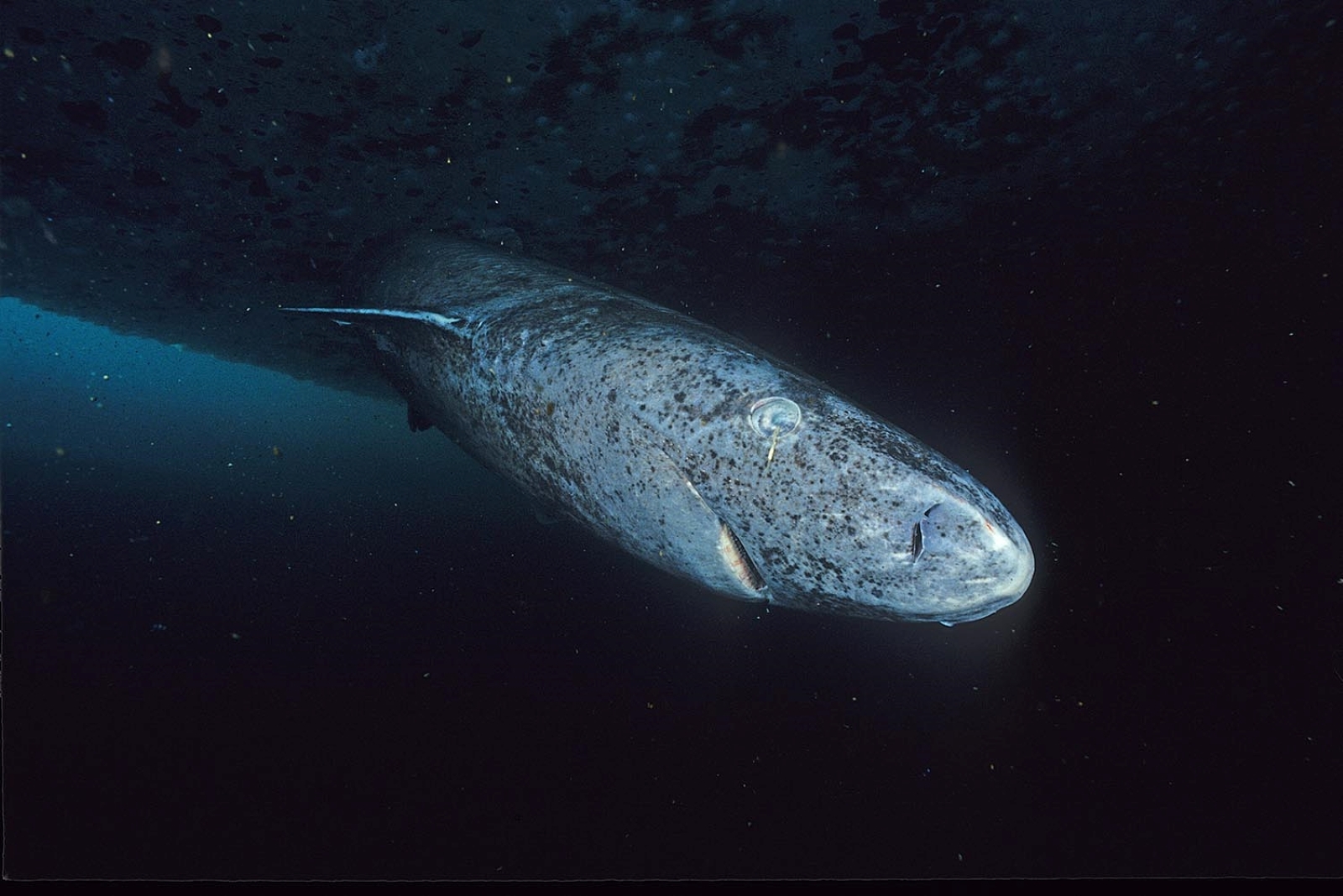
Credit: By Hemming1952
Greenland sharks, scientifically known as Somniosus microcephalus, are part of the sleeper shark family. Found in the frigid waters of the North Atlantic and Arctic Oceans, these sharks are nothing short of remarkable.
Growing at a glacial pace of about one centimeter per year, they can reach lengths of up to 24 feet, making them one of the largest sharks in existence. But their size isn’t their most impressive trait – it’s their astonishing longevity.
Scientists estimate that Greenland sharks can live for at least 400 years, with some possibly exceeding 500 years, based on radiocarbon dating of their eye lenses.
How do they manage to live so long? One reason is their slow metabolism, which matches the icy waters they inhabit. Their body temperature is low, and they expend minimal energy, which helps reduce cellular damage over time.
Additionally, their slow growth rate and late maturity (around 150 years old!) mean they’re in no rush to complete life’s milestones. It’s the ultimate definition of taking life one slow swim at a time!
Deep Sea Mysteries And Midnight Snacks
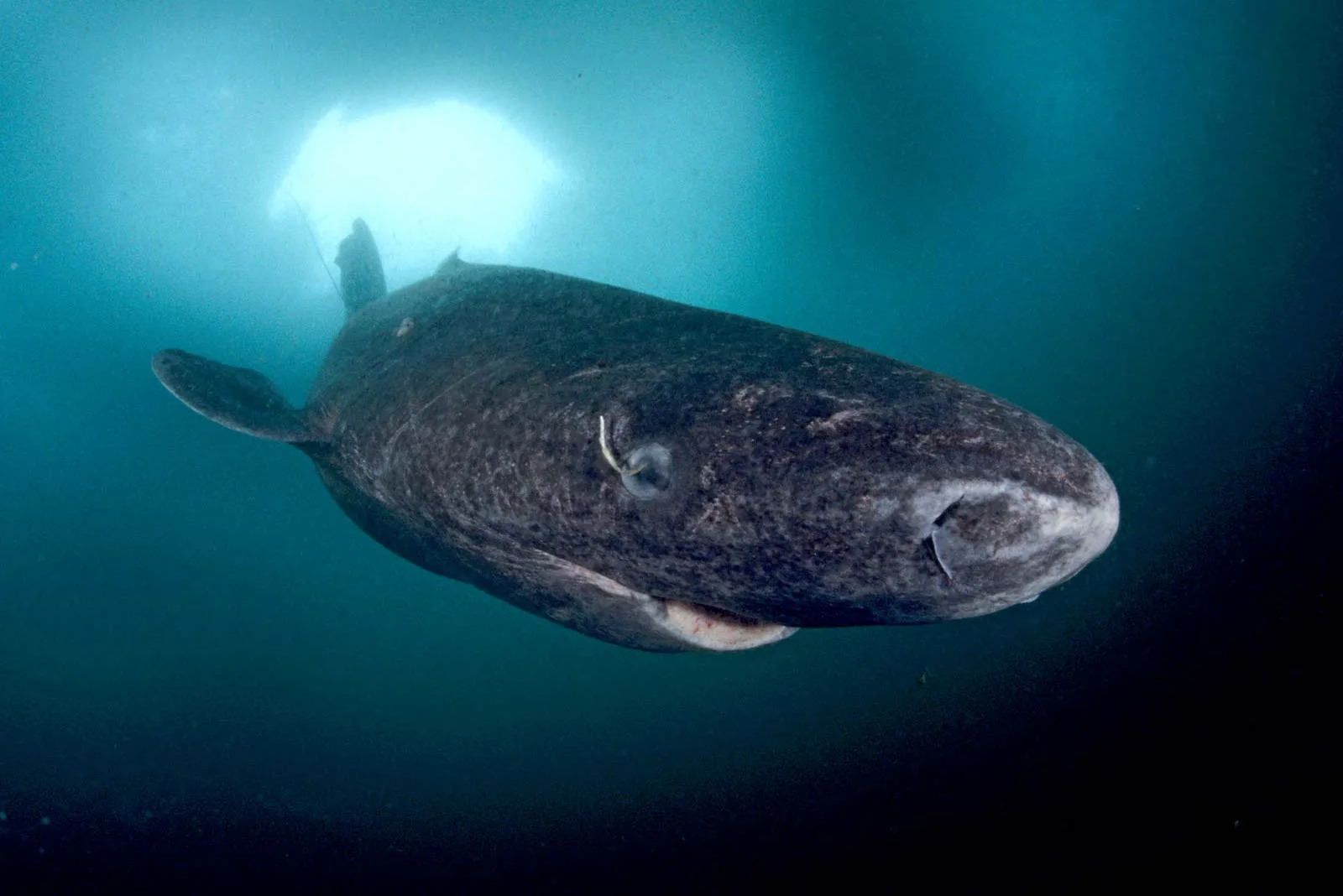
Credit: Britannica.com
Despite their incredible lifespan, Greenland sharks remain something of a mystery to us humans. They’re rarely seen by humans due to their preference for deep, cold waters – often as deep as 7,200 feet below the surface.
These depths provide the perfect temperature for their slow-moving lifestyle and a haven from predators and other environmental stressors. Their preference for the coldest, darkest corners of the ocean means that much of their behavior and biology are still unknown. What we do know, however, is fascinating!
Greenland sharks are opportunistic feeders, dining on a variety of prey. Their diet ranges from fish to the scavenged remains of larger animals like polar bears and reindeer – yes, reindeer!
While it’s unlikely they actively hunt such large animals, scientists believe these meals likely drift into the ocean. Also, some studies have found seals in their stomachs, sparking debates about whether Greenland sharks are more active hunters than previously thought.
The Secret Of Longevity
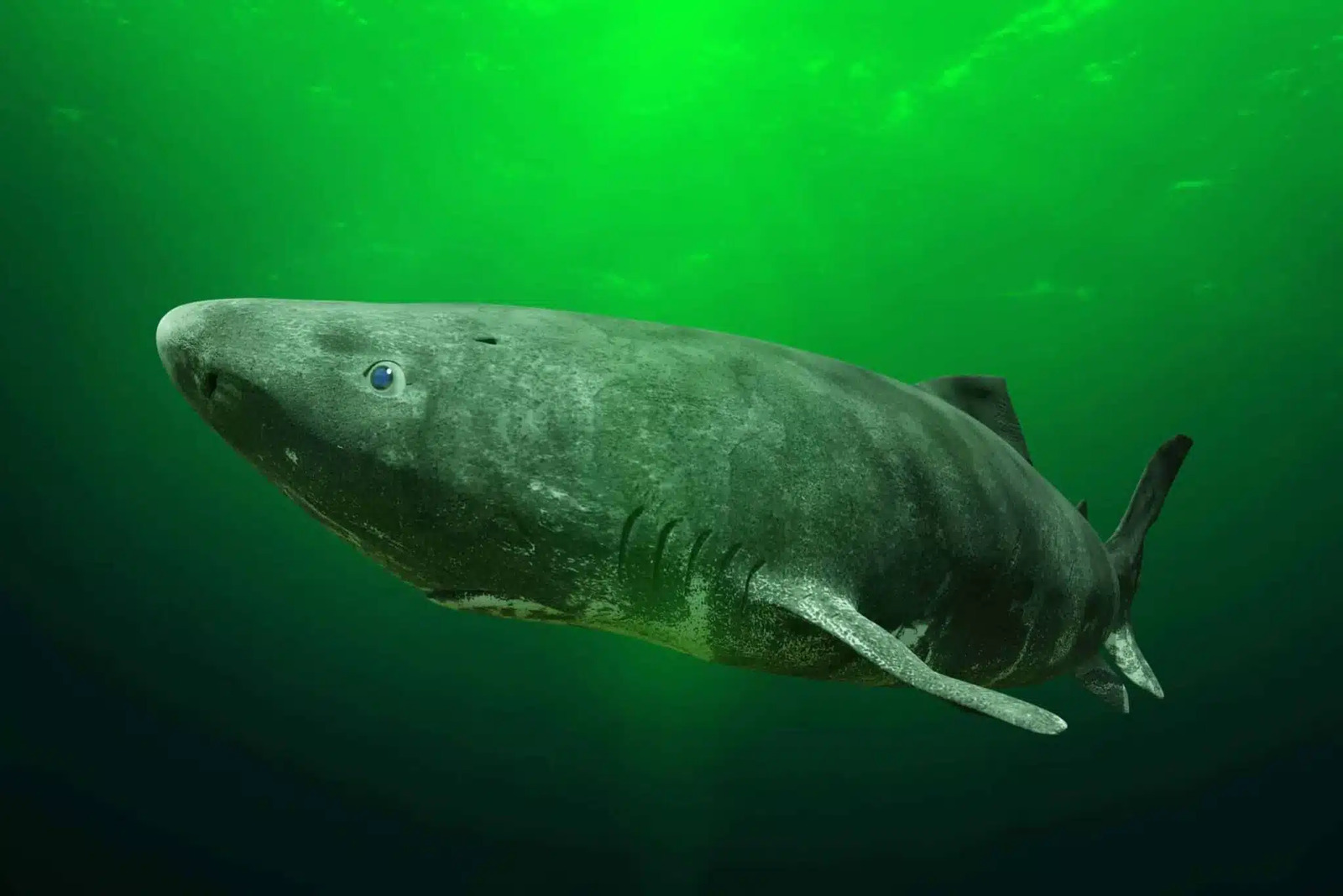
Credit: By NOAA Okeanos Explorer Program
What’s the secret behind the Greenland shark’s incredible lifespan? Scientists believe it’s a combination of factors. Their slow metabolism, driven by their cold-water environment, is a major contributor.
At low temperatures, cellular processes slow down, reducing wear and tear on their bodies. This “slow and steady” lifestyle minimizes the effects of aging and allows their cells to function efficiently for centuries. We already established that.
Another factor is their low exposure to external threats. Living in deep, remote waters shields Greenland sharks from many of the hazards that shorter-lived species face, such as predation and human interference.
Even their slow growth and delayed reproduction contribute to their longevity, as these traits align with a life built for the long haul. It’s a lesson in patience and adaptation – one that scientists are eager to study further. One that I, and I’m sure you too, are eager to learn!
Guardians Of History And Ocean’s Health
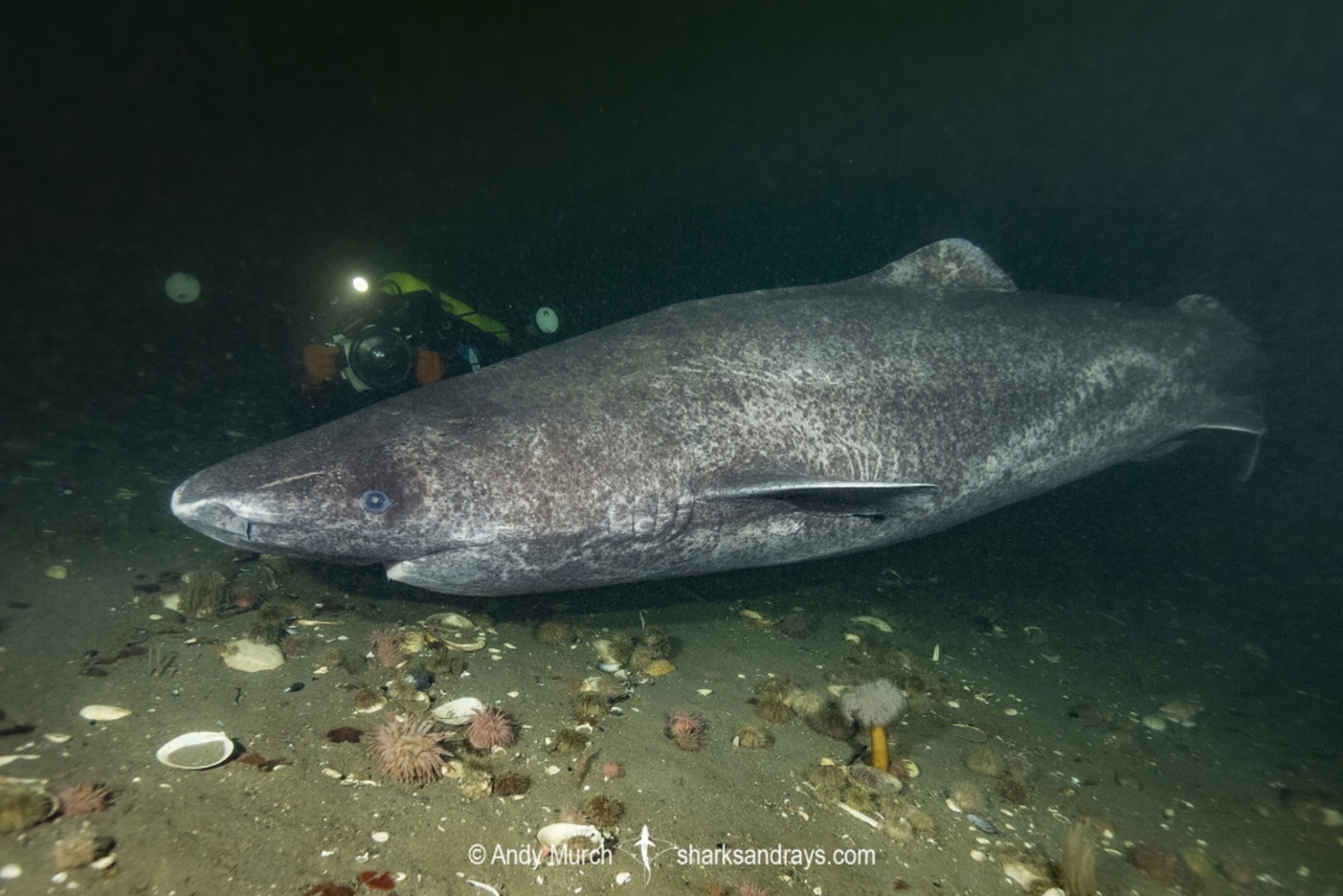
Credit: Andy Murch
Greenland sharks are living witnesses to centuries of oceanic history. Their long lifespans mean they’ve lived through significant events in human history, from the Renaissance to the modern era.
Their tissues even contain chemical records of changes in the ocean over time. This tells scientists so much! All that valuable data about environmental shifts and the impact of human activity on marine ecosystems can be collected from their bodies!
Unfortunately, like many marine animals, Greenland sharks face threats from overfishing and climate change. As deep-sea dwellers, they’re often caught accidentally by fishing trawlers targeting other species. At least it’s not on purpose.
Let’s not forget the warming ocean temperatures which could disrupt their habitat and food sources! Thus, conservation efforts are critical for their survival.
By protecting Greenland sharks, we’re not just preserving a species – we’re safeguarding a window into the past.
What Can We Learn From Greenland Sharks?
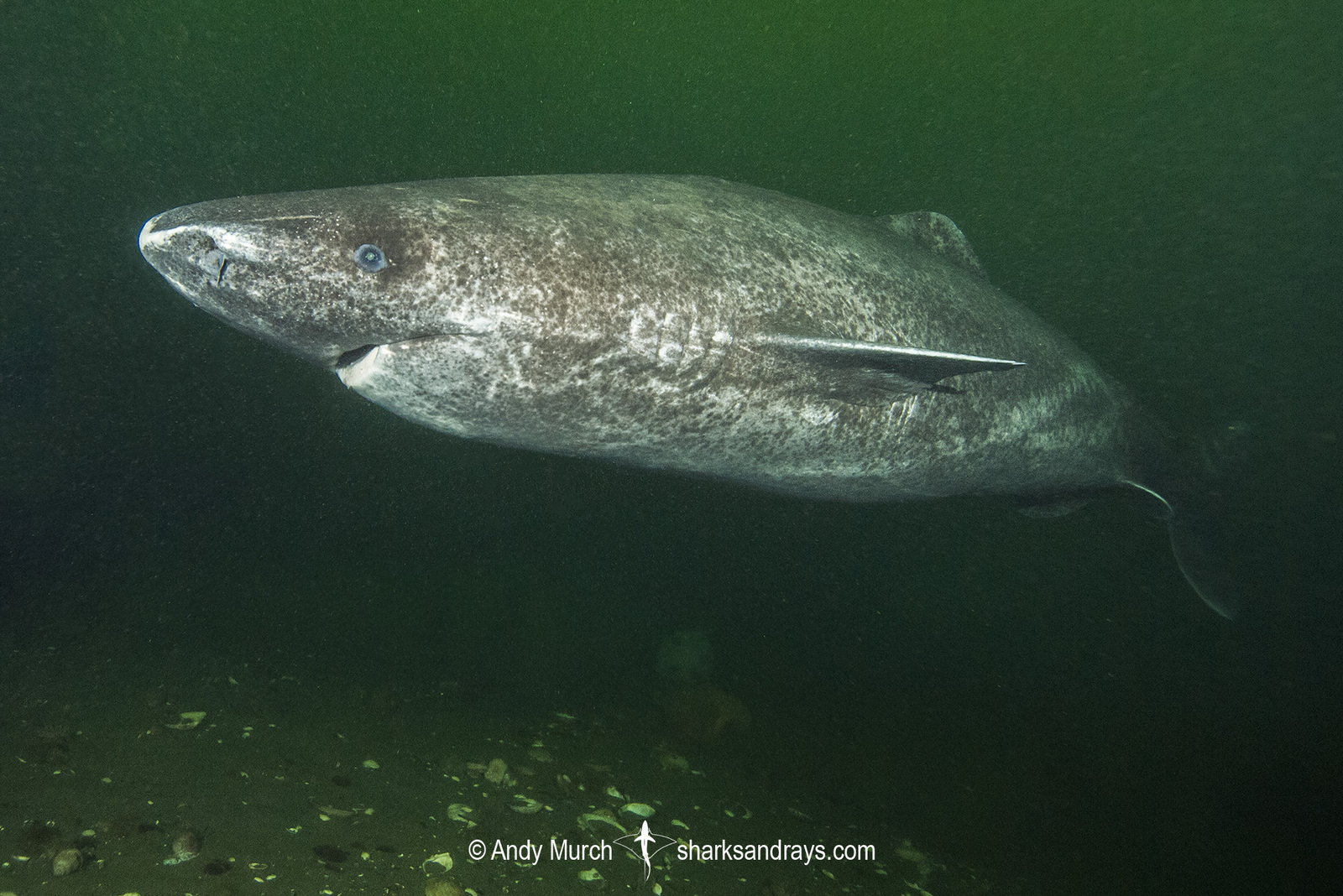
Credit: Andy Murch
The Greenland shark’s longevity has captivated both scientists and storytellers. In Inuit culture, these sharks hold a special place in mythology and folklore, where they are often regarded as symbols of endurance and mystery.
In scientific circles, they’ve sparked new avenues of research into aging and longevity. By studying their DNA, scientists hope to uncover clues that could one day help humans understand the aging process and potentially extend our own lifespans.
One fascinating discovery is the Greenland shark’s unique resistance to age-related diseases. Unlike many vertebrates, these sharks show few signs of tissue degeneration or illness, even after centuries of life.
This resilience has led researchers to explore the genetic and molecular mechanisms behind their health! Who knows? A breakthrough might be near!
A Living Legacy Of The Ocean
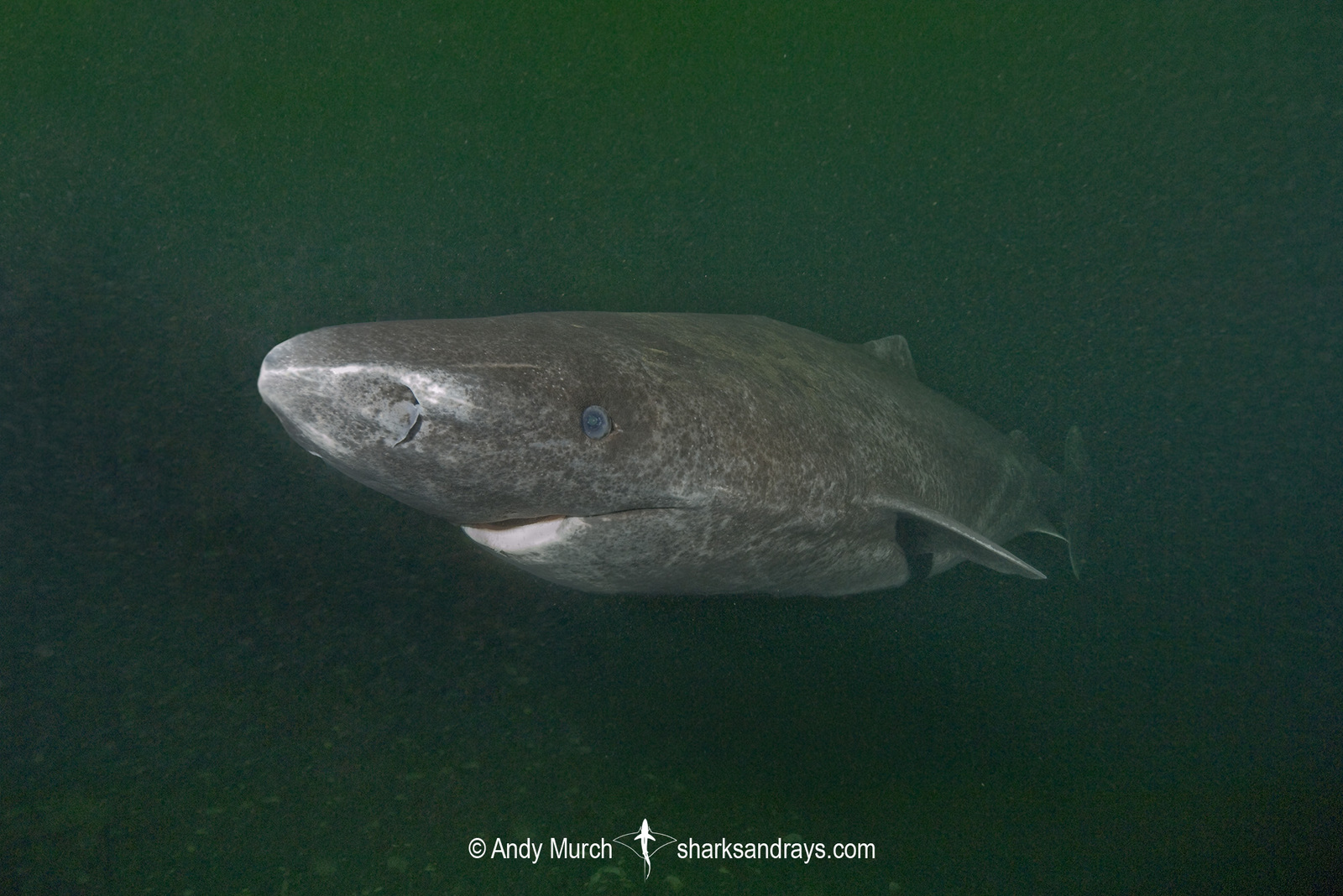
Credit: Andy Murch
The Greenland shark shows us the wonders of evolution and the mysteries of the natural world! With lifespans that span centuries, they serve as living archives of ocean history.
As we continue to study these magnificent creatures, they remind us of the resilience and adaptability of life in some of the planet’s harshest environments.
Greenland sharks symbolize the balance that sustains our oceans for many centuries, after all. In conclusion, the next time you think about life in the slow lane, spare a thought for the Greenland shark.

